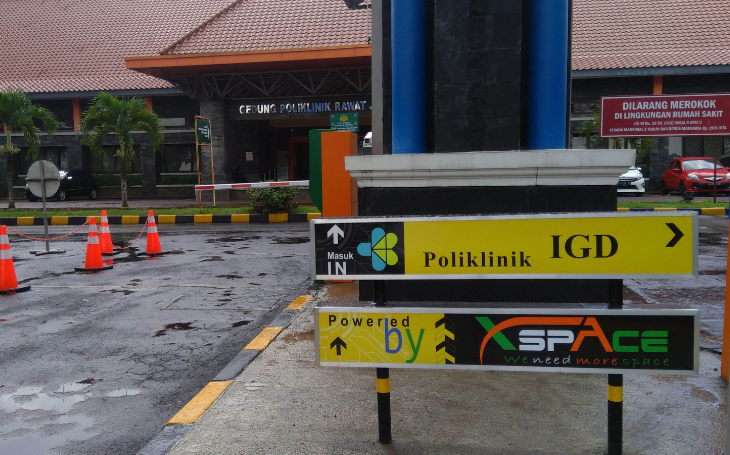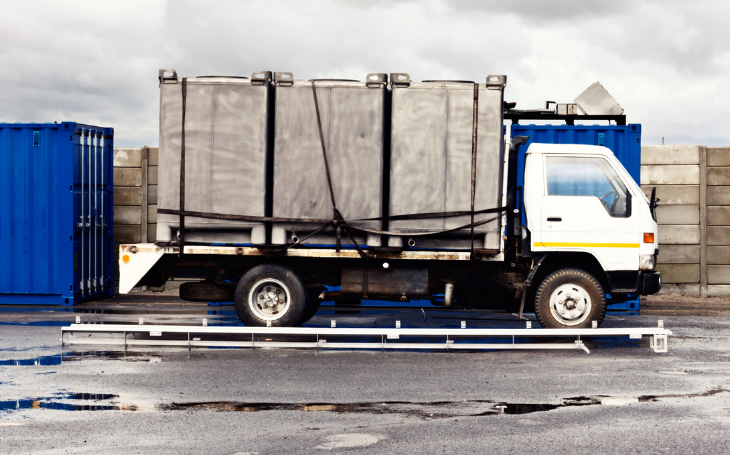Parking System
Parking systems can also be utilized to meet the specific needs of ports and harbors, offering efficient solutions for the management of vehicles and cargo handling equipment in these dynamic environments. Here's a description of how parking systems can be used for port needs:
Vehicle Parking for Port Staff and Visitors: Ports often have a large number of employees, visitors, and contractors requiring parking facilities. Parking systems can provide designated parking areas for staff and visitors, ensuring organized and efficient parking management. Automated parking systems can optimize space utilization, accommodating a higher number of vehicles within limited port premises.
Cargo Handling Equipment Storage: Ports utilize various types of cargo handling equipment such as forklifts, reach stackers, cranes, and trailers. Efficient storage and management of this equipment are essential for maintaining port operations. Parking systems can offer designated parking spaces for cargo handling equipment, ensuring they are readily accessible when needed and safely stored when not in use. Automated parking systems can also track the location and status of equipment, improving operational efficiency.
Temporary Vehicle Storage: Ports often experience fluctuations in vehicle traffic due to vessel arrivals, departures, and cargo handling activities. During peak periods, additional temporary parking space may be required to accommodate vehicles waiting for cargo clearance or pick-up. Parking systems can provide flexible solutions for temporary vehicle storage, optimizing space utilization and facilitating smooth traffic flow within the port area.
Security and Access Control: Port security is paramount to prevent unauthorized access and ensure the safety of personnel, cargo, and infrastructure. Parking systems can incorporate advanced security features such as access control barriers, license plate recognition, and surveillance cameras to monitor vehicle movement and deter unauthorized entry. Integration with port security systems allows seamless coordination between parking management and overall port security operations.
Environmental Considerations: Ports are increasingly focused on sustainability and environmental stewardship. Parking systems can contribute to these efforts by optimizing space utilization, reducing vehicle emissions through efficient traffic management, and promoting the use of electric or alternative fuel vehicles within port premises. Automated parking systems can also minimize the need for large surface parking lots, preserving green spaces and minimizing the environmental footprint of port operations.
In summary, parking systems offer versatile solutions for meeting the diverse parking needs of ports and harbors. By providing efficient vehicle and equipment storage, enhancing security measures, and promoting environmental sustainability, parking systems play a crucial role in supporting the smooth and safe operation of port facilities.
Automatic parking system (Parking System) is a structure where cars are parked vertically or horizontally to maximize space. This unique system design helps in moving or directing vehicles from the entrance to the parking space without the presence of a driver.
In addition to the automatic parking system (Parking System), this vertical parking structure is also known by several other names:
- Parking garage
- Car parking system
- Automatic parking facility
- Automated vehicle storage and retrieval system
- Mechanical parking
The way it works, the driver directs the vehicle to the entrance of the automatic parking system where all passengers exit the vehicle.
Cost and time infrastructure limitation: Parking System limits the time, money, and resources typically spent by companies trying to create fully functional parking garages. With a normal parking garage, construction crews must account for stairs, pedestrian walkways, exit routes, elevators, and even ceiling height to accommodate the types of people and vehicles that will use the garage service. With the Parking System, stairs, elevators, or large parking spaces may not be necessary, as the only people coming and going from the area are parking attendants.
Better security for cars and personal property: Due to its limited and inaccessible space to other car owners and pedestrians, the Parking System prevents vehicles from being damaged or personal belongings stolen.
Promoting pedestrian safety: Parking System can prevent car-pedestrian accidents and reduce hazardous emissions from vehicle smoke in parking garages.
From there, the vehicle is mechanically moved to an available space where it is automatically parked by the attendant.
What is the Difference Between Full Automatic Parking System and Semi-Automatic Parking System?
The difference between full automatic parking system and semi-automatic parking system lies in the need for a parking attendant to drive or direct the car into the machine. A fully automatic parking system does not require an attendant, and the mechanical process will move the vehicle from the garage entrance to the empty parking space. Conversely, a Semi-Automatic Parking System states that the semi-automatic parking system will require a parking attendant to drive the car into the machine or assist in parking the vehicle upon arrival at the parking space.
What are the Benefits of Parking System?
More cars fit in compact areas: Parking System is beneficial because it helps save space. This is especially true in the case of automatic parking systems, where attendants do not need to park cars. This means that each vehicle can be parked close to each other because no one needs to get out of their car.



